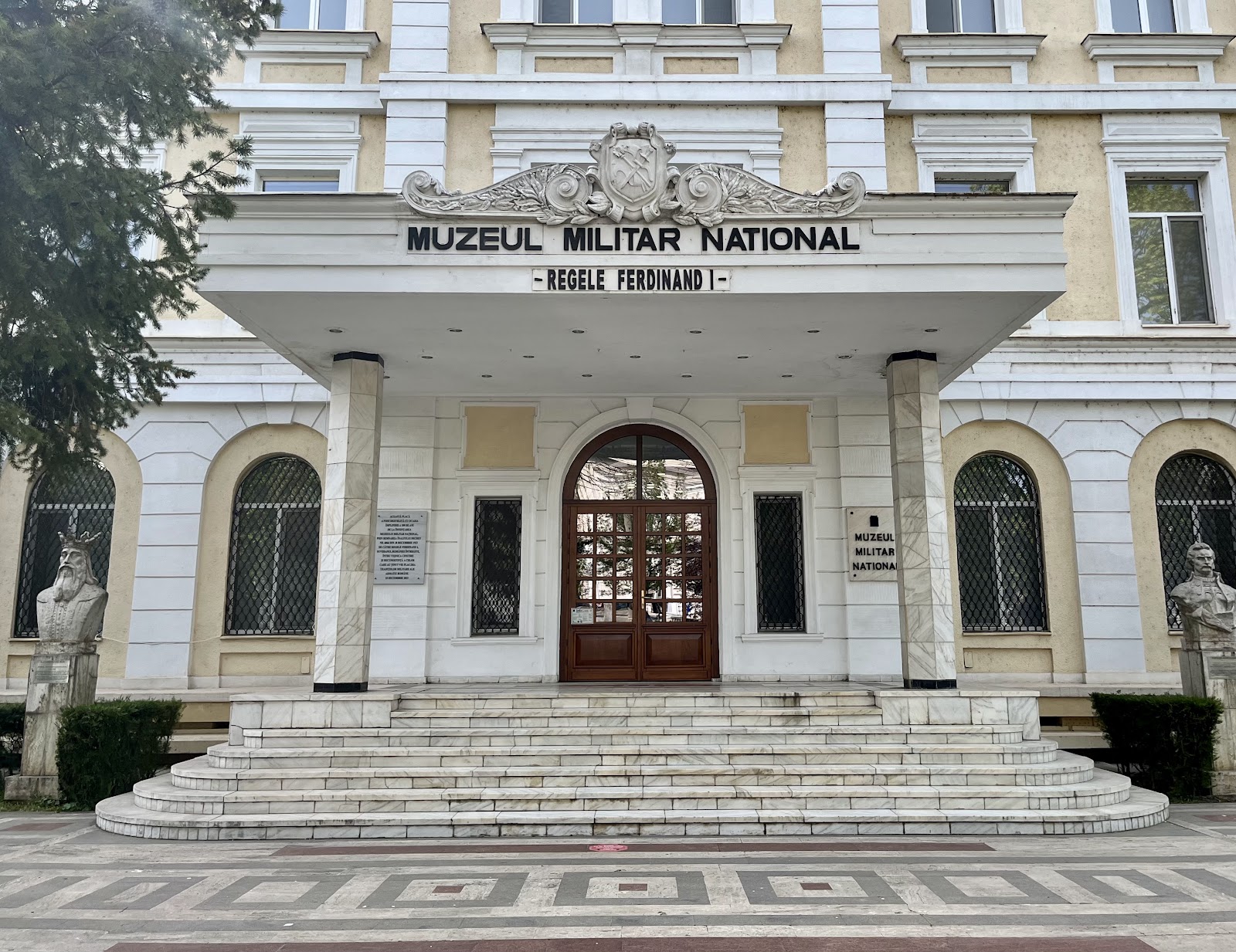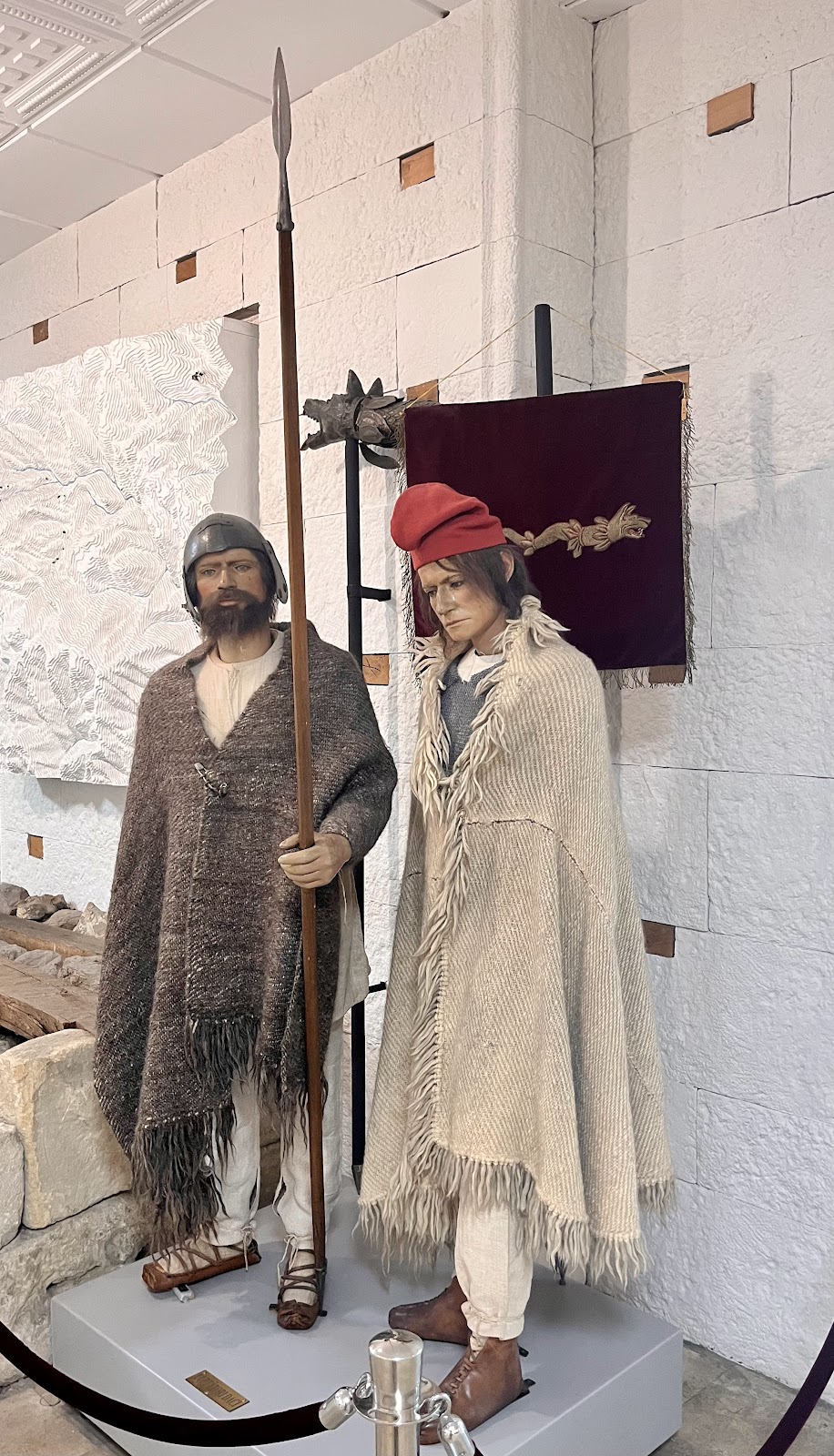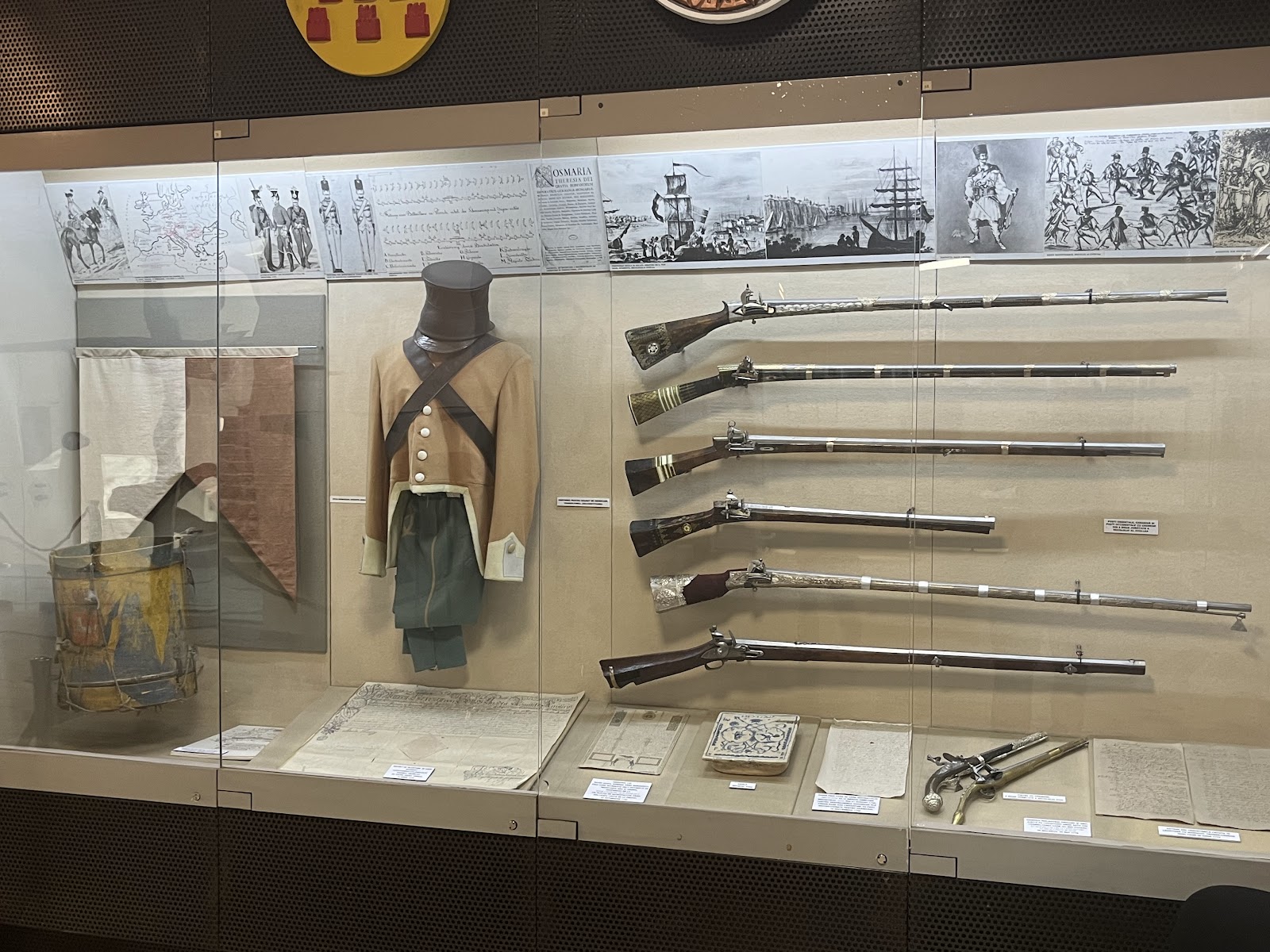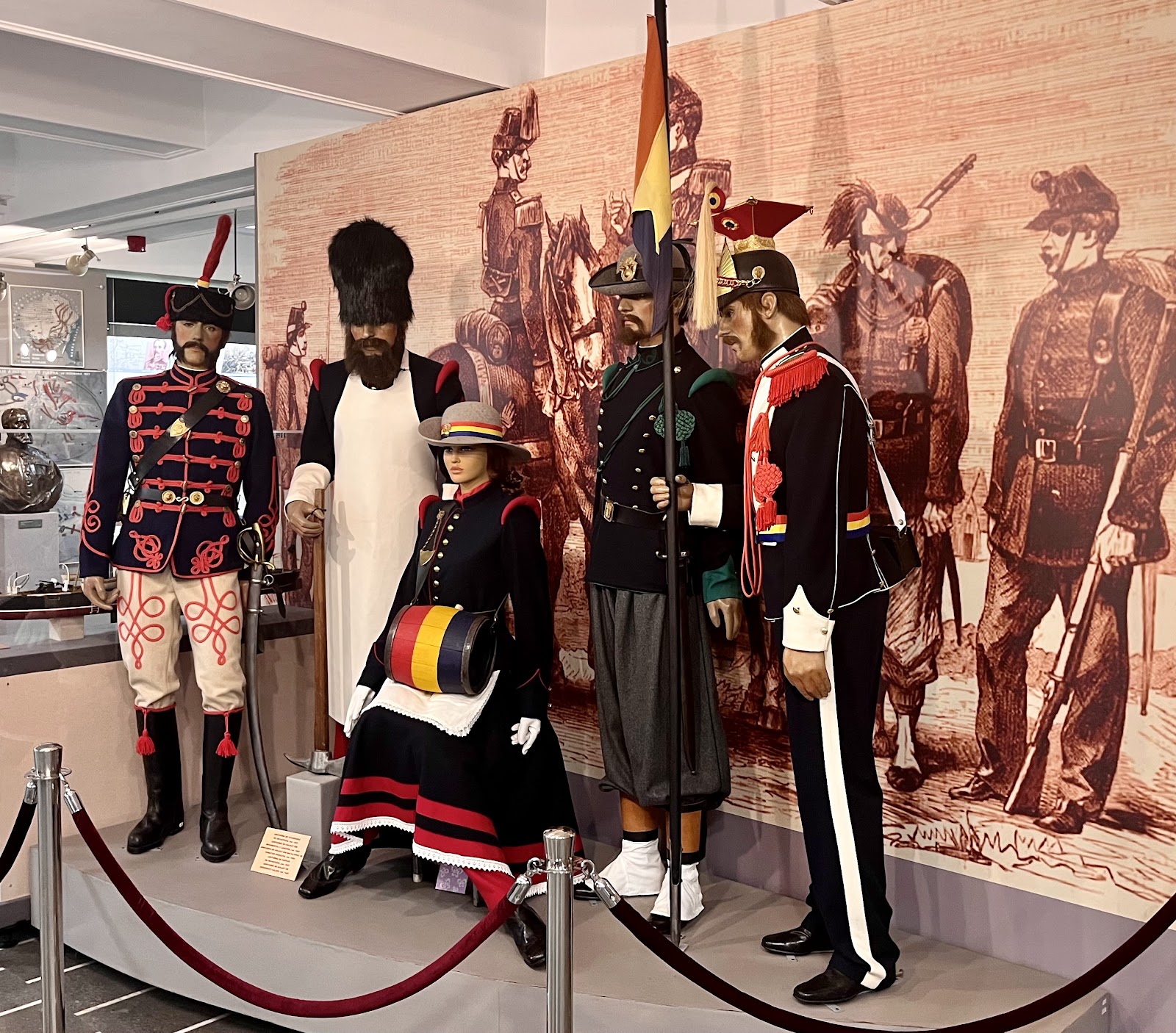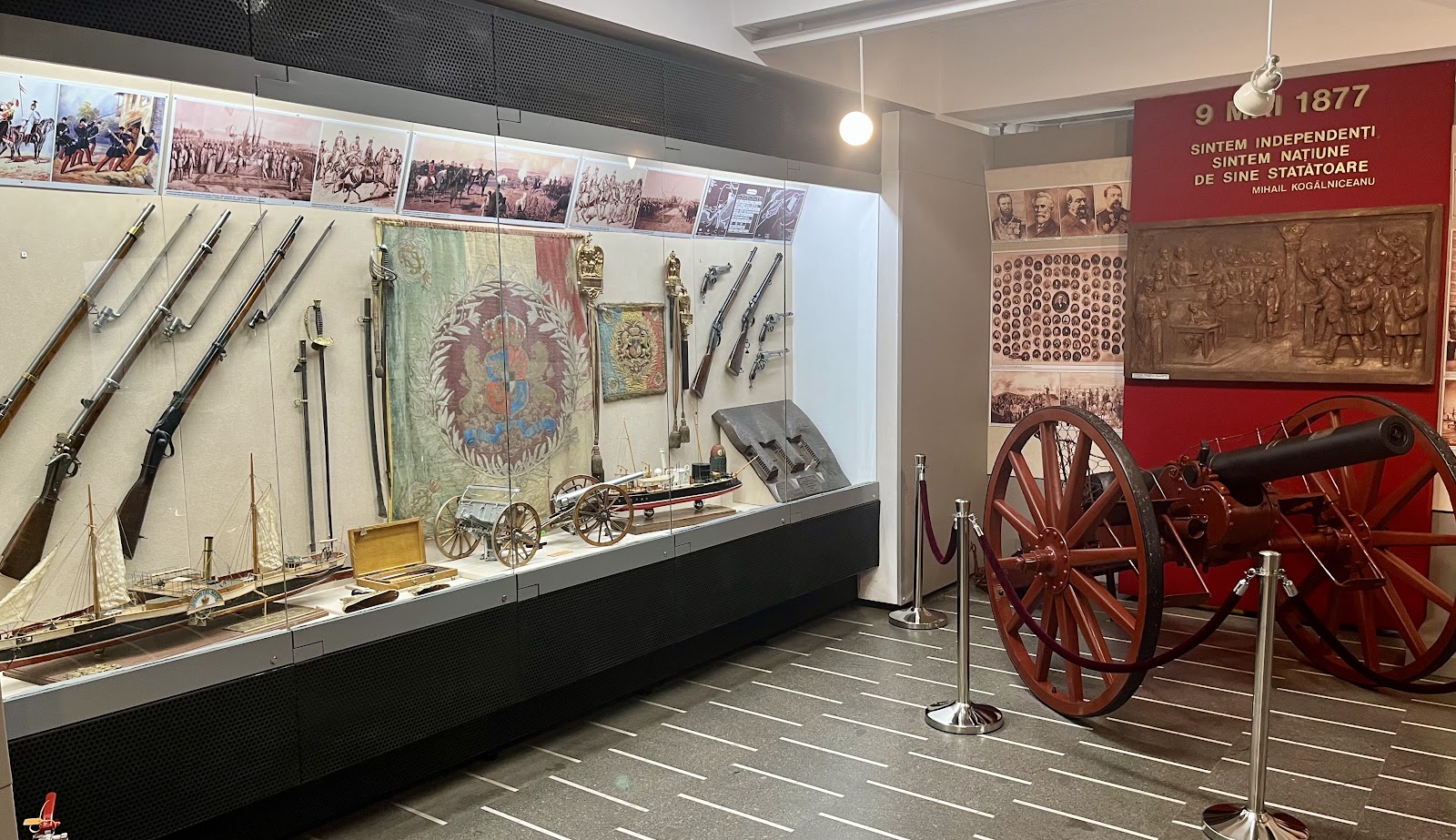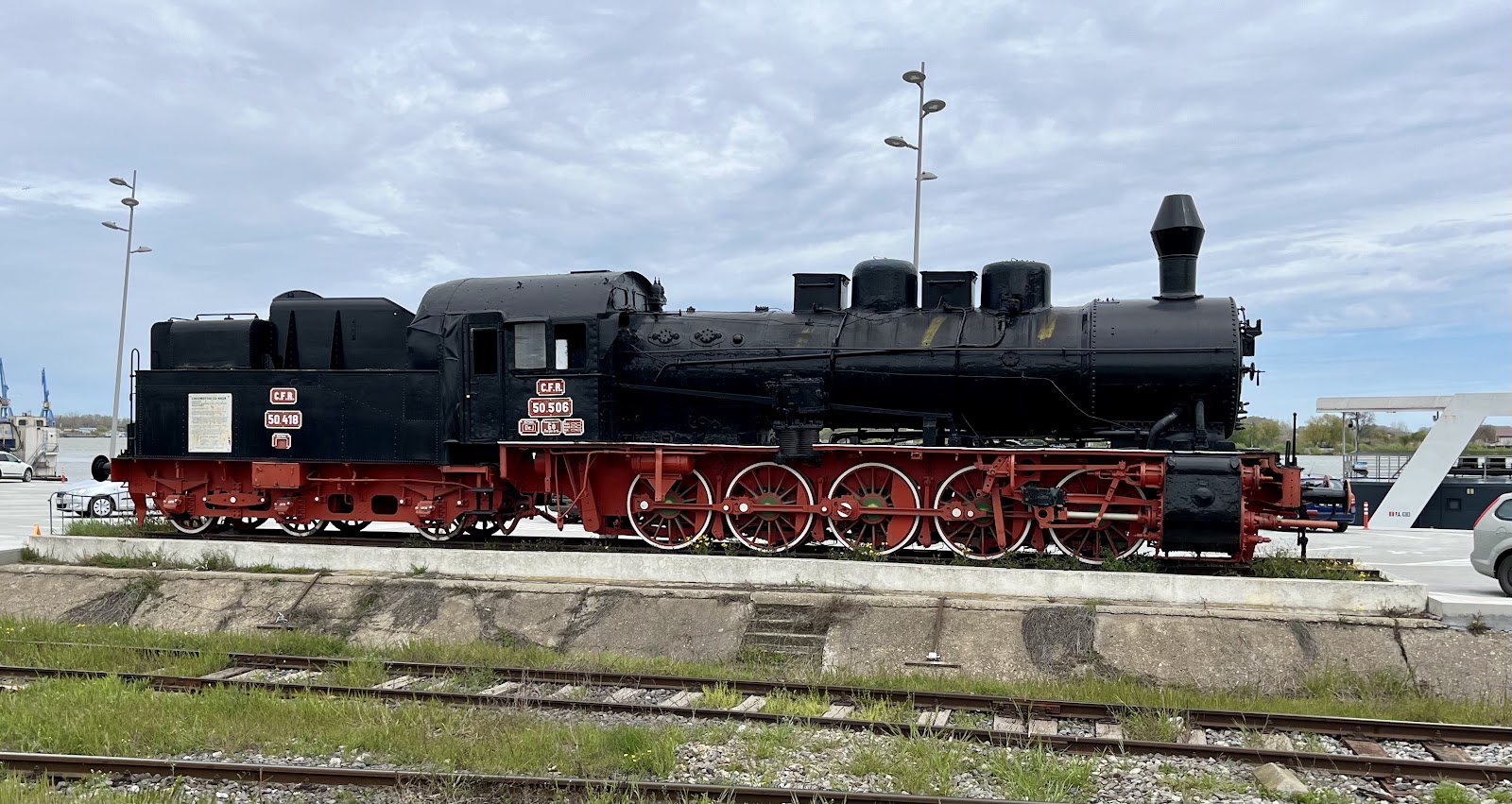Those following my Nigel Tranter rereading project will know that Tranter was clearly intrigued by Patrick, Master of Gray. He wrote a trilogy about him (Montrose only got two books) and featured in two others.
Patrick, Master of Gray (1559–1612), was a Scottish nobleman and politician who played a notable, though often controversial, role during the reign of James VI of Scotland. Known for his political cunning and shifting allegiances, Gray was deeply involved in the intrigues and power struggles that defined late 16th-century Scotland. He was born into the influential Gray family and became Master of Gray, a title that referred to the heir to the chief of the Gray family. Gray emerged after Mary’s forced abdication and subsequent imprisonment by Queen Elizabeth. Initially a supporter of Mary, his loyalties shifted as he sought to secure his position and favour with her son, James VI. He became an important courtier and diplomat during James VI's reign, although he was dropped by James when he became James I of England.
Patrick's main base was Broughty Castle, just down the Tay from Dundee. I am working in Dundee this coming week, so it would be a good opportunity to visit. It wasn't the Gray family's seat, that was Castle Huntly, not the more famous Gordon castle, but near the village of Longforgan, not far from Dundee. Today, it is Scotland's only open prison. In Tranter's telling, Patrick's father gave him Broughty Castle (granted to the family in 1490) because it was derelict after it had been held by the English during the Rough Wooing. Patrick restored the castle and much more, using it to weave his many plots.
The castle wasn't particularly well defended, but it held a strategic position at the mouth of the Tay. The owner could levy tolls and control the lucrative ferry across the Tay to Fife. There were no road and rail bridges in those days. The castle in Patrick's day would have been the large tower house, although the English excavated a trench to strengthen the landward defences. An English writer who accompanied the English garrison noted the castle's strategic importance;
"it standeth in such sort at the mouth of the river Tay, that being gotten, both Dundee and St. John's Town (Perth), and many other towns else shall become subject to this hold or be compelled to forgo their use of the river."
 |
| This photo highlights the strategic position with Fife in the background. |
The castle was damaged during the Wars of the Three Kingdoms, and the Gray family sold it in 1666.
The War Office acquired it in 1860 and rebuilt it with modern gun positions in response to the threat of attack from the Russians and then the French. Submarine miners were also based near the castle. In an emergency, they would lay mines in the Tay Estuary to damage enemy shipping. It was garrisoned in both World Wars with modern artillery.









